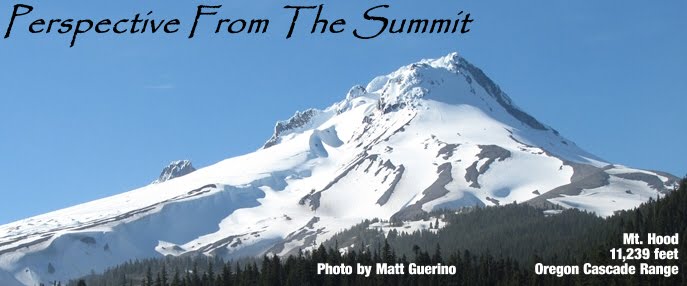 I've always liked big stained glass windows. So many different shards of glass, each unique in its size, shape and color. And with the sun shining through, each piece is bright and beautiful in its own way. But of course we don't pay attention to the individual shards when we look at a stained glass window. We want to see the big picture they add up to. We're transfixed by the way all those varied and unique pieces fit together to form an artistic image that carries within it a message.
I've always liked big stained glass windows. So many different shards of glass, each unique in its size, shape and color. And with the sun shining through, each piece is bright and beautiful in its own way. But of course we don't pay attention to the individual shards when we look at a stained glass window. We want to see the big picture they add up to. We're transfixed by the way all those varied and unique pieces fit together to form an artistic image that carries within it a message.
I've learned a lot about the Bible from an Old Testament scholar named John Sailhamer. He says the Bible is in many ways like a stained glass window. Each of the Bible's 66 books has its own unique content and form, like individual shards of stained glass. But those shards have been fit together to form a complete picture. As beautiful as each separate verse and book of the Bible is, the greatest beauty of God's Word is in the picture of reality that it forms when viewed as a whole.
Here's just one example: the Old Testament historically consisted of three major divisions: the Torah, the Prophets, and the Writings. These are the same 39 books we have in our OT today, but they're in a different order than we see them in our Bibles. And the order matters! Because when you put them in their ancient Jewish order you notice something: there are transitions in the text between each of the three groupings:
- Section 1 (the Torah) ends with Deuteronomy 34, which talks about a coming great prophet.
- Section 2 (the Prophets) starts with Joshua 1, which is about meditating on God's Word
- Section 2 (the Prophets) ends with the end of Malachi, which talks about a coming great prophet (sound familiar?).
- Section 3 (the Writings) then begins with Psalm 1, which talks about (you guessed it) meditating on God's Word.
 And there's so much more! These transitions are just one of many examples of how the entire Bible is far from a loose collection of random religious writings. Rather, it's a whole, cohesive, master-crafted work of art! And this is what we're going to unpack this Fall at Harvest Community Church. We'll spend time backing way up and seeing how the whole of the Bible's 66 books form a cohesive view of the world, and thus forms the basis of our own view of the world. And I hope everyone's appreciation and love for God's Word increases dramatically, as mine has as a result of learning these things.
And there's so much more! These transitions are just one of many examples of how the entire Bible is far from a loose collection of random religious writings. Rather, it's a whole, cohesive, master-crafted work of art! And this is what we're going to unpack this Fall at Harvest Community Church. We'll spend time backing way up and seeing how the whole of the Bible's 66 books form a cohesive view of the world, and thus forms the basis of our own view of the world. And I hope everyone's appreciation and love for God's Word increases dramatically, as mine has as a result of learning these things.Long ago, in many times and in many ways, God spoke to our fathers by the prophets, but in these last days he has spoken to us by his Son" Hebrews 1:1-2


















1 comments:
You know, the more I think about this post and the dual messages you're describing, the more excited I'm getting. As you know, I've also been contemplating my own "60 Day" journey, and I think this will fit nicely with Harvest's upcoming series.
In order to have faith in the coming Messiah and meditate on God's Word, Israel simply had to obey God (humility). Instead, out of pride, over and over again throughout the Bible, we see Israel turning away from God and doing their own thing.
Before we can focus on anyone else, especially God, we must surrender ourselves and our own plans. Then our eyes can come off of ourselves and fix onto something else. Wow! The Spirit is truly at work here!
Post a Comment